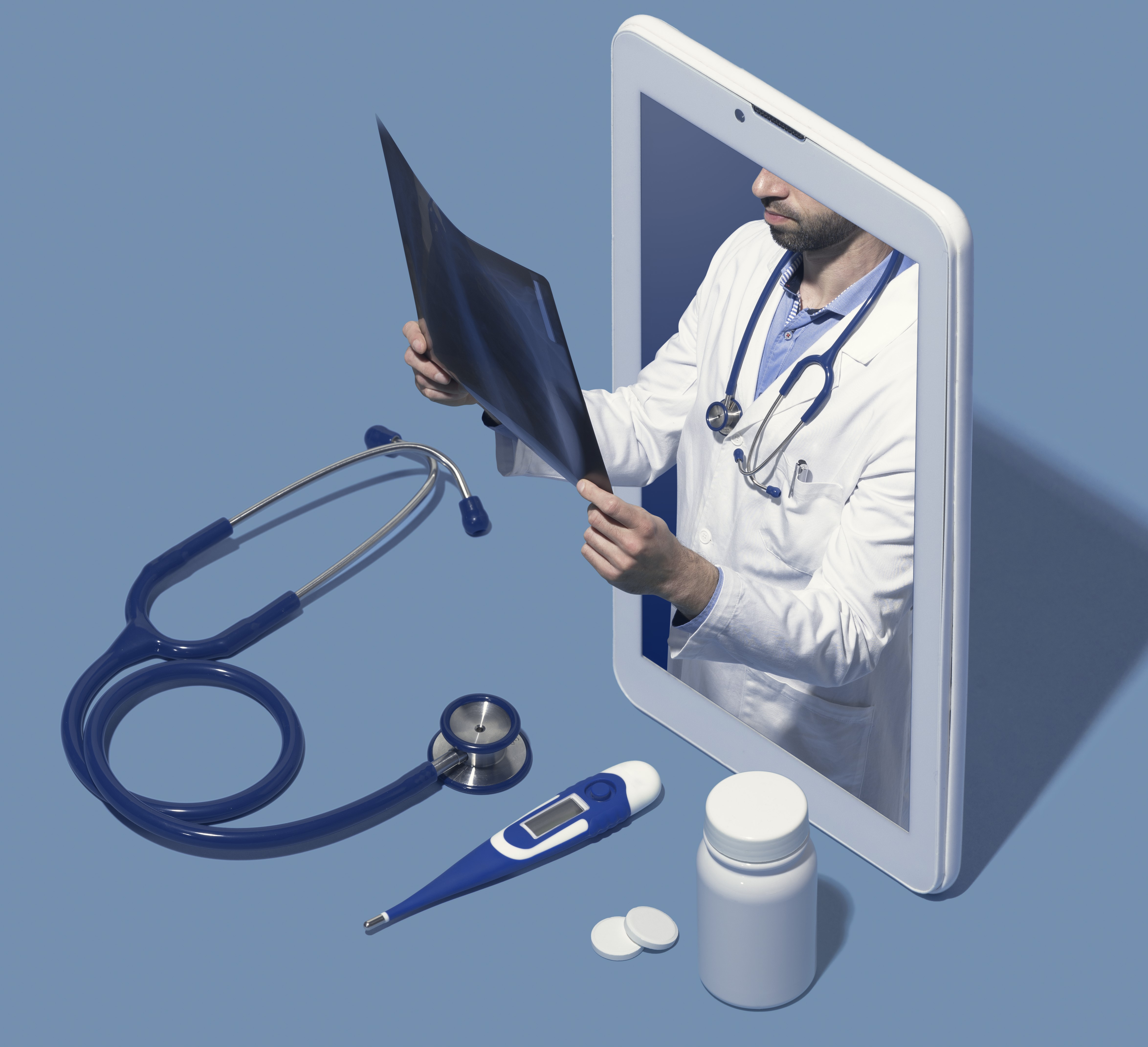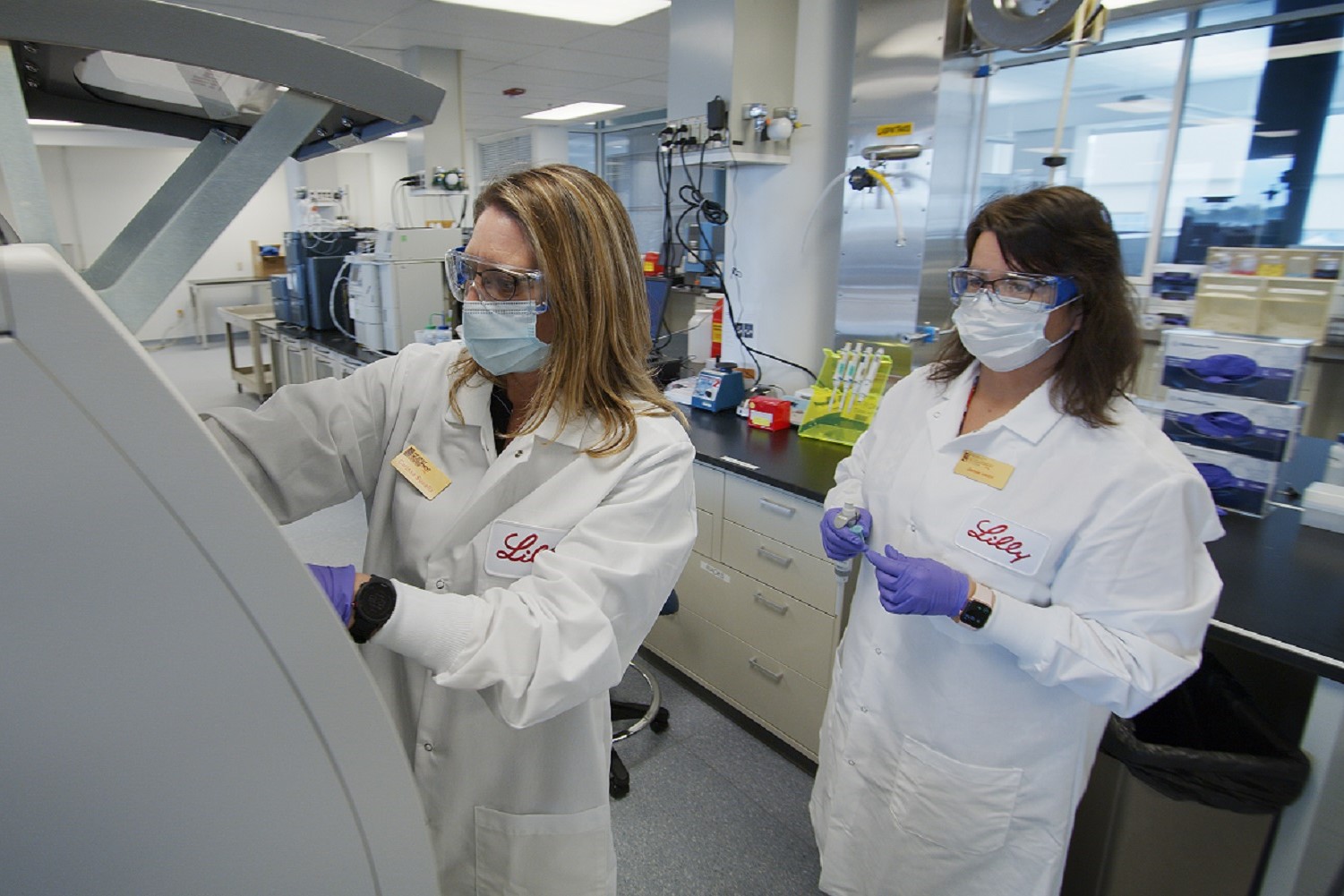An article by Chen et al., published recently in the journal Cell, offers us what Eric Topol has already dubbed “panor-omic” insight into a potential future — one in which our genomic data can be cross-correlated against other “omic” data (including transcriptomic, proteomic, metabolomic, and autoantibody profiles) to give individualized insights into our current clinical disorders and our risks for future disorders.
This is a fascinating study that (as far as I can tell) has yet to receive any notice on this web site.
The study was actually carried out using blood samples drawn over a period of 14 months from the study’s own senior investigator, Michael Snyder, MD, of the Department of Genetics at Stanford University School of Medicine. And it is a landmark study that gives a very precise illustration of what is possible — diagnostically and prognostically — today.

With the Rise of AI, What IP Disputes in Healthcare Are Likely to Emerge?
Munck Wilson Mandala Partner Greg Howison shared his perspective on some of the legal ramifications around AI, IP, connected devices and the data they generate, in response to emailed questions.
The authors describe the development of and “integrative personal omics profile” or iPOP for Dr. Snyder, which includes:
- a variety of risks for specific clinical disorders (including type 2 diabetes);
- significant and dynamic changes in molecular components and biological pathways across healthy and diseased conditions;
- extensive heteroallelic changes during healthy and diseased states;
- an unexpected RNA editing mechanism.
Cell has kindly (and appropriately) made the entire text of this paper accessible on line.
There are two particularly exciting aspects to this paper.
In the first place it documents proof of the possible. By carrying out such studies involving billions of data points on a single individual, Chen et al. have demonstrated that we really are already able to implement highly accurate diagnostic and prognostic profiling and implement effective management decisions. In the second place, given the astonishing and ongoing decrease in the costs associated with the generation of this type of “omic” database for individual patients, we should soon be able to use such “panor-omic” profiling to better diagnose patients with rare and unidentified disorders and initiate appropriate treatment of these individuals years earlier than is often the case today.
For those in the evolving development of systems to generate, categorize, and interpret such vast sets of “omic” data, the importance of this study is critical. It provides proof of principle as well as a “real life” model for how to systematize, categorize, and interpret the data sets involved.
For the future evolution of the process of diagnosis and prognosis and the prediction of medical risk, it brings to real life many of the sociological and ethical issues that have (to a large extent) been relatively academic in the past. How do we address and manage the real knowledge that we are at specific risks for specific types of disorder over a lifetime?














